Researchers at the Advanced Photon Source and Center for Nanoscale Materials of the U.S. Department of Energy’s Argonne National Laboratory have developed a new technique that pairs artificial intelligence and X-ray science.
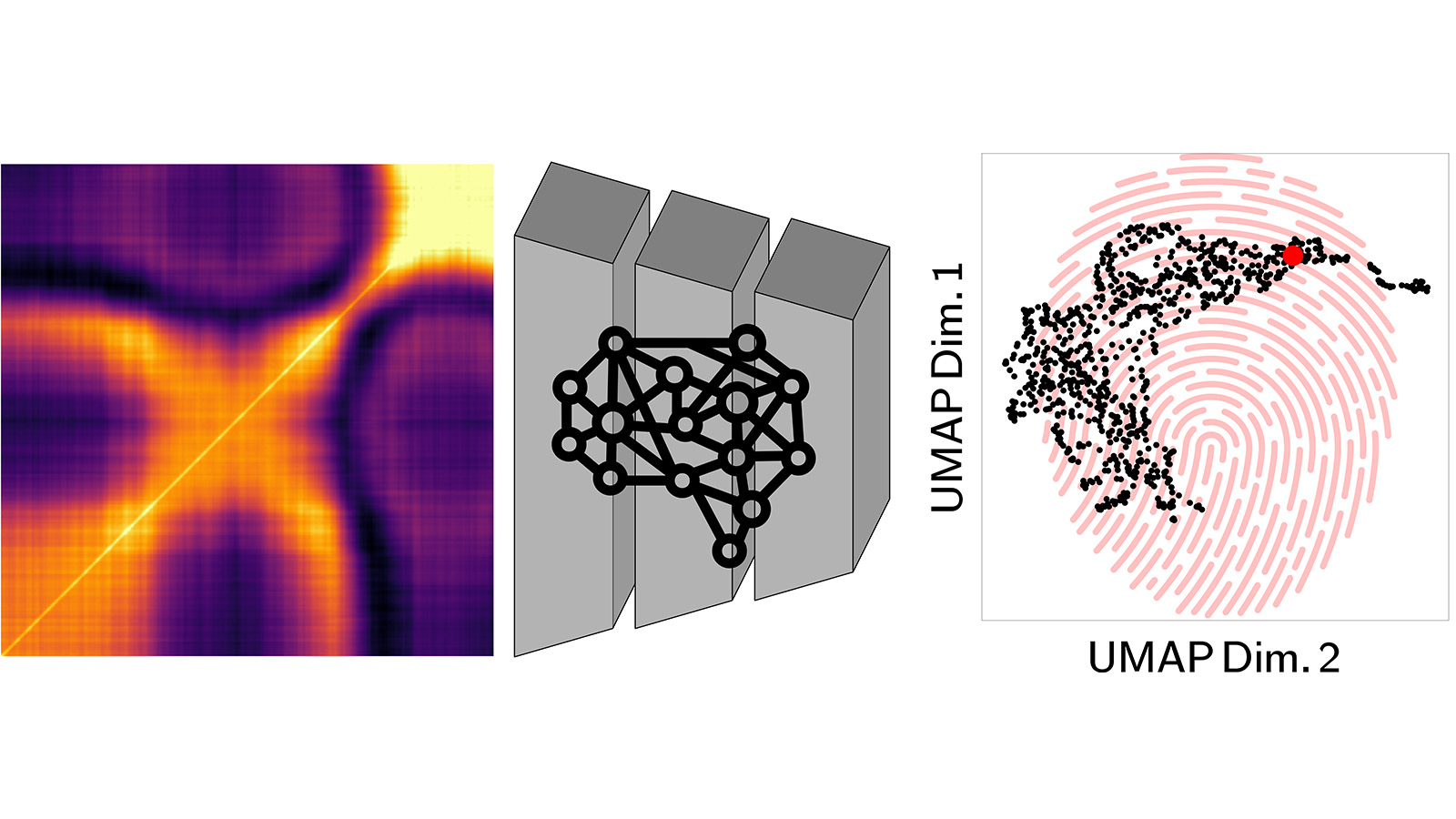
news, journals and articles from all over the world.

Researchers at the Advanced Photon Source and Center for Nanoscale Materials of the U.S. Department of Energy’s Argonne National Laboratory have developed a new technique that pairs artificial intelligence and X-ray science.
Three Argonne postdoc scientists have been invited to the prestigious Nobel Laureate Meetings in Lindau, Germany, where they will meet with past Nobel Prize winners in their fields.
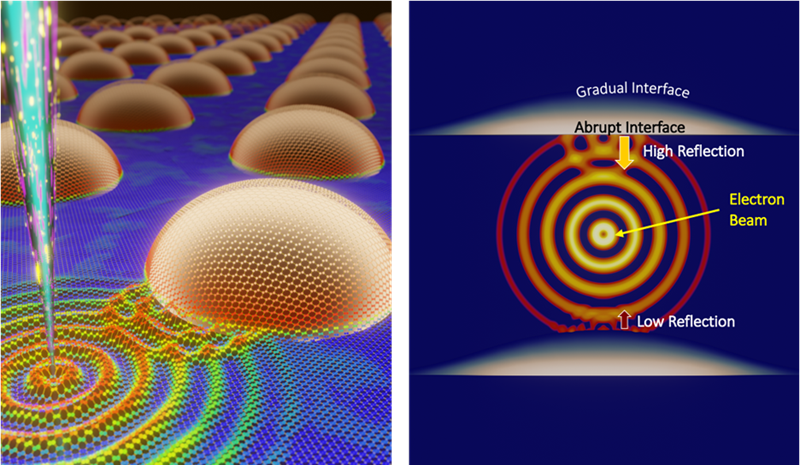
Understanding how materials can convert heat into electricity benefits from a view of those materials at the atomic scale. New research examined how the vibrational modes called phonons work in nanostructures and the interfaces between materials to more fully understand how heat transfers in those materials.
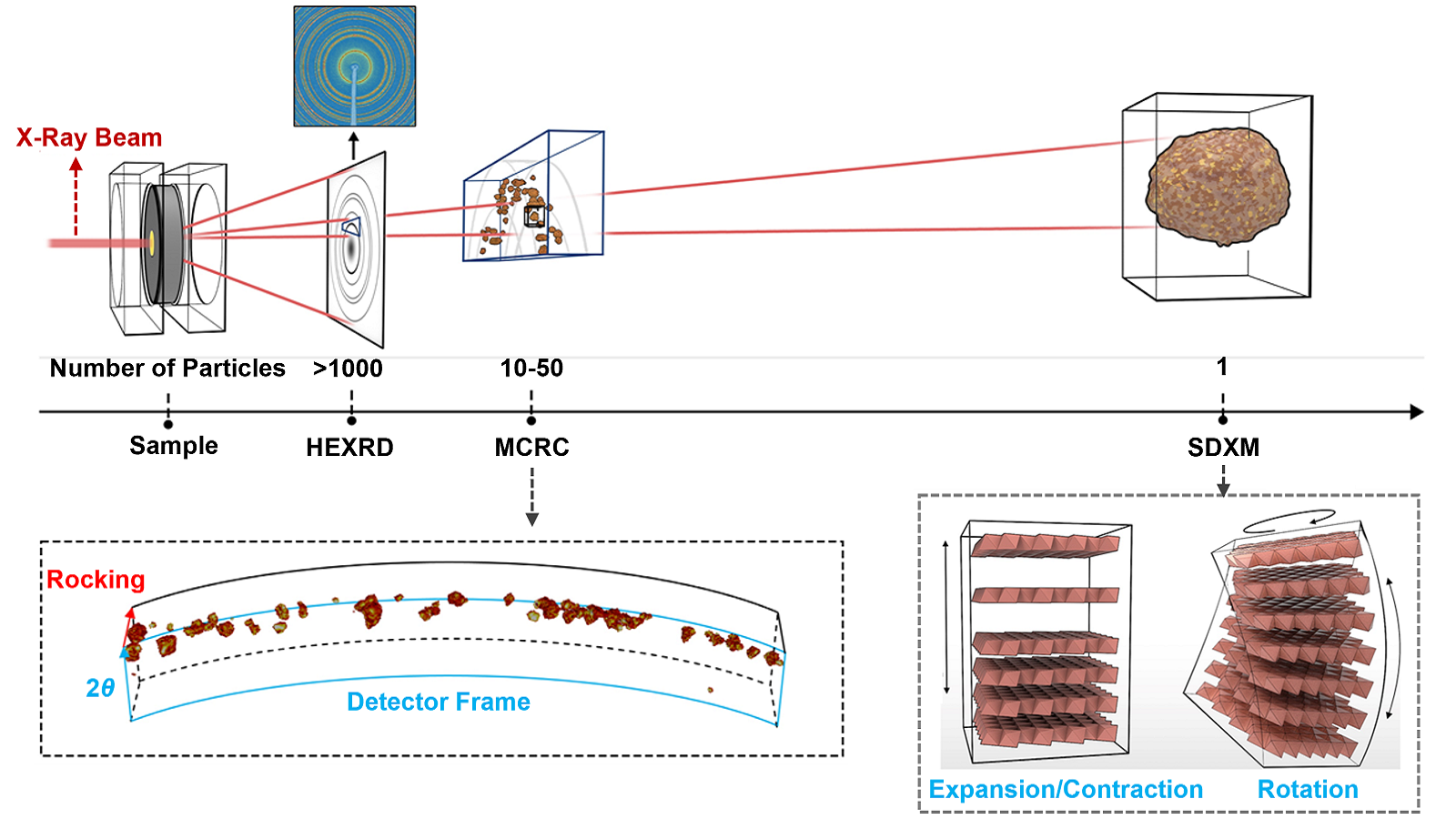
Researchers at the Argonne National Laboratory have discovered the main reason why and how one of the more promising new cathode materials degrades with repeated cycling of lithium-ion batteries. The team’s new analysis method was key to the discovery.
Amanda Petford-Long, director of the Materials Science division at the U.S. Department of Energy’s Argonne National Laboratory and an Argonne Distinguished Fellow, was recognized by a preeminent materials science society.
Researchers have taken the first atomic-resolution images and demonstrated electrical control of a chiral interface state – an exotic quantum phenomenon that could help researchers advance quantum computing and energy-efficient electronics.
Ilke Arslan, the director of Argonne’s Center for Nanoscale Materials, has been inducted as a fellow of the Microscopy Society of America.
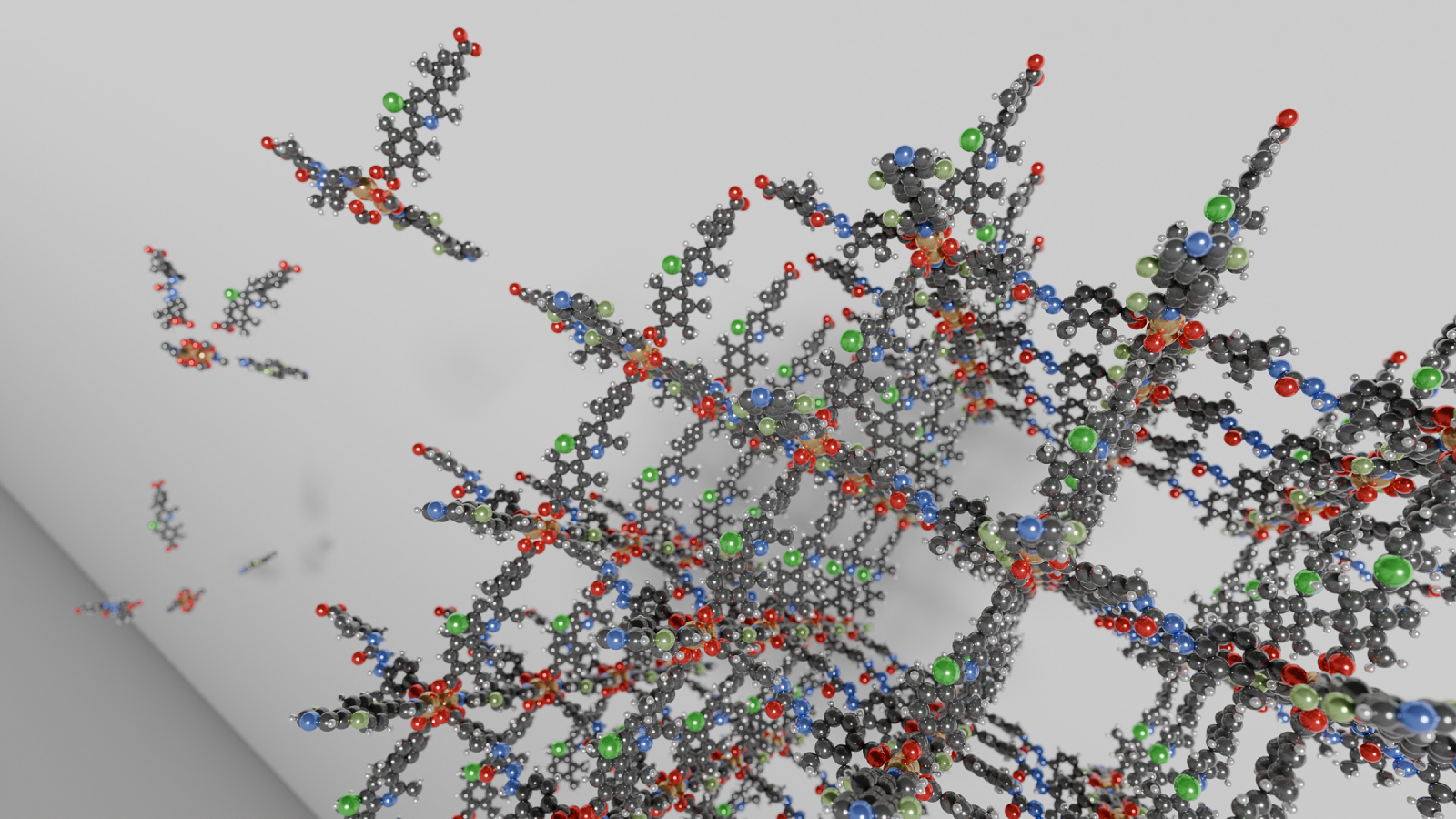
Researchers at the U.S. Department of Energy’s Argonne National Laboratory have used new generative AI techniques to propose new metal-organic framework materials that could offer enhanced abilities to capture carbon
A team of Rice University researchers mapped out how flecks of 2D materials move in liquid ⎯ knowledge that could help scientists assemble macroscopic-scale materials with the same useful properties as their 2D counterparts.
Lawrence Livermore National Laboratory’s (LLNL) popular lecture series, “Science on Saturday,” returns Feb. 3 and runs through Feb. 24. The series offers four different lectures with the theme, “Magic of Materials.”
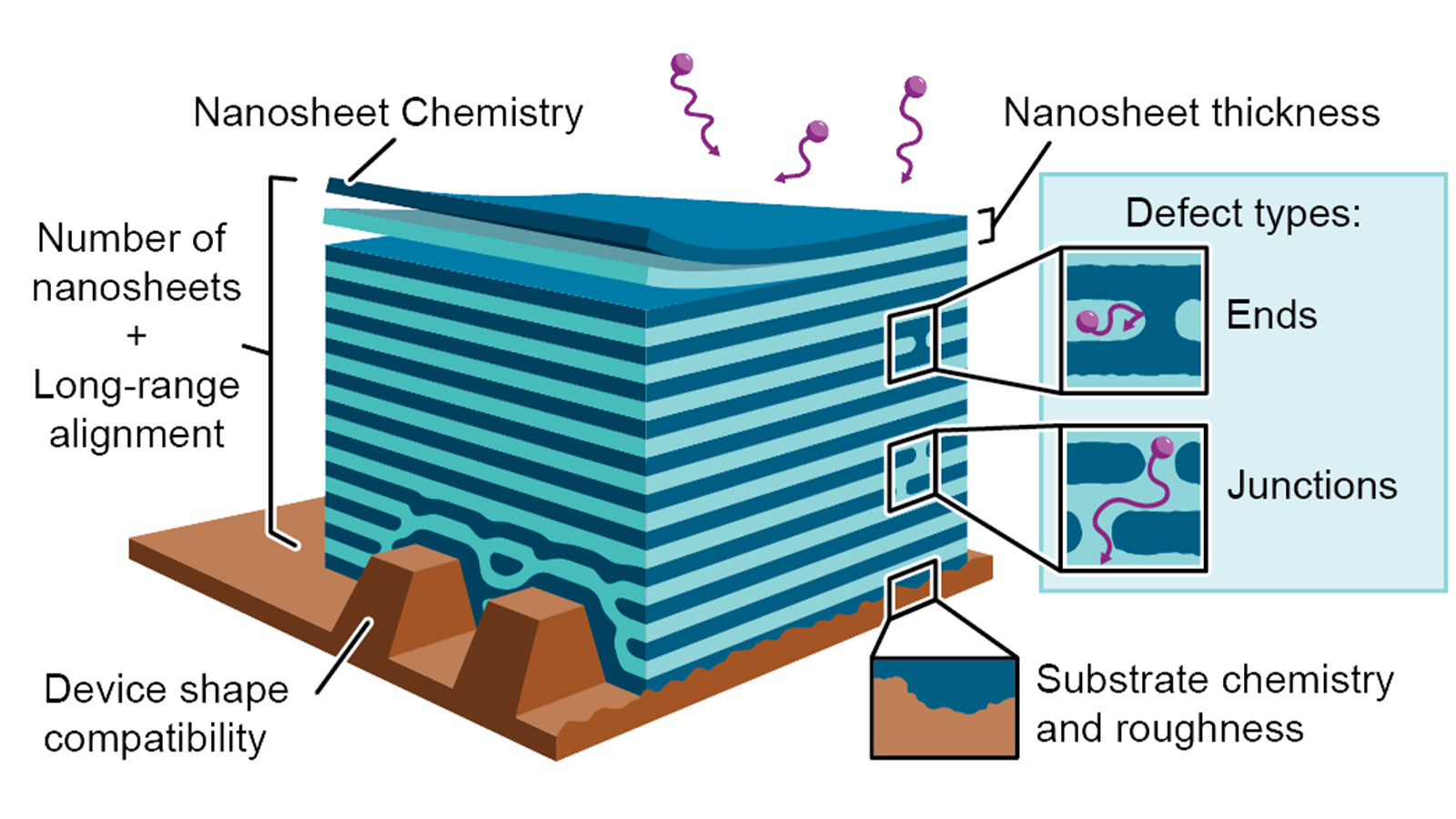
Scientists using Argonne’s Advanced Photon Source have developed a multipurpose nanomaterial to aid in sustainable manufacturing.
Polyoxometalate (POM)-based nanohybrids potentially offer a step-change in sustainability across a wide variety of industries, but research into the substances is in its infancy. A group of researchers has produced a comprehensive review of the sector’s progress and challenges yet to be overcome.
Research from Osaka University demonstrates a nanopore-based technique that can detect different variants of SARS-CoV-2, the virus that causes COVID-19. The method was very effective in detecting the Omicron variant of the virus in the saliva of people with COVID-19.
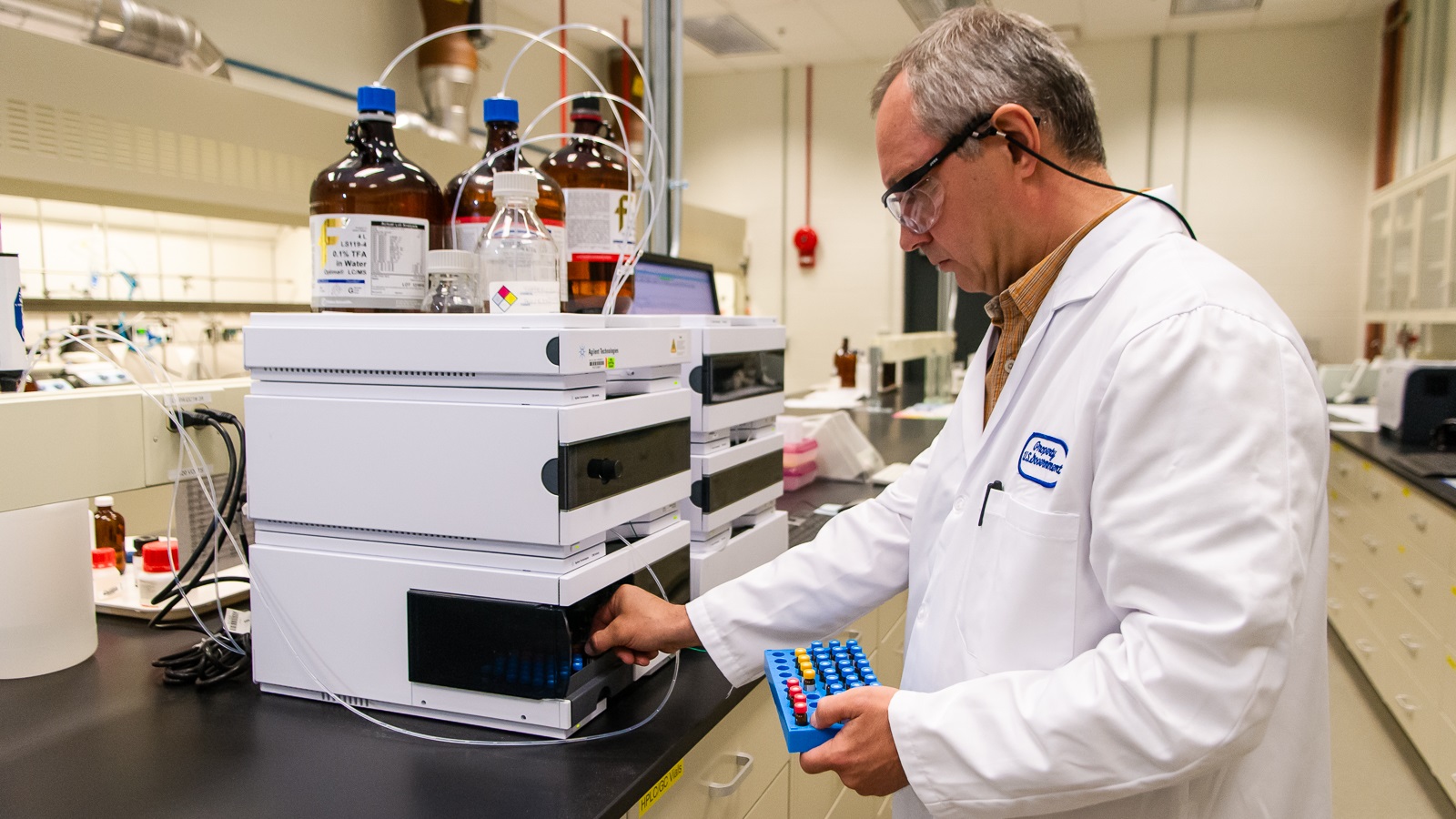
Argonne National Laboratory is shaping Industry 4.0 with groundbreaking research into advanced ways of making things more effective, efficient and economical, using the most cutting-edge materials and processes, with the lowest possible environmental impact.
Graphene-based two-dimensional materials have recently emerged as a focus of scientific exploration due to their exceptional structural, mechanical, electrical, optical, and thermal properties.
In a new Q&A, microelectronics expert and CHiPPS Director Ricardo Ruiz shares his perspective on keeping pace with Moore’s Law in the decades to come through a revolutionary technique called extreme ultraviolet lithography.
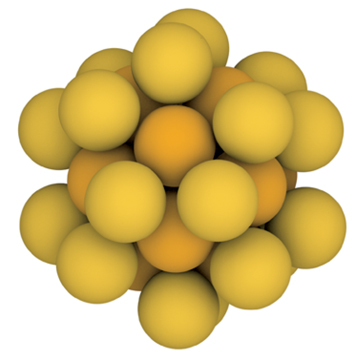
Rice University chemists have discovered that tiny gold “seed” particles, a key ingredient in one of the most common nanoparticle recipes, are one and the same as gold buckyballs, 32-atom spherical molecules that are cousins of the carbon buckyballs discovered at Rice in 1985.

A team of researchers report a mechanical response across a layered magnetic material tied to changing its electron spin. This response could have important applications in nanodevices requiring ultra-precise and fast motion control.
Led by Lukas Kenner (Department of Pathology at MedUni Vienna and Department of Laboratory Animal Pathology at Vetmeduni) and Oldamur Hollóczki (Department of Physical Chemistry, University of Debrecen, Hungary) the research team was able to determine that tiny polystyrene particles could be detected in the brain just two hours after ingestion. The mechanism that enabled them to breach the blood-brain barrier was previously unknown to medical science.
A multi-institutional team, including Argonne, has discovered surprising spin properties in thin films of an iron-containing magnetic material. These properties could be applicable as basic units in information storage applications.
The Institute for the Cooperative Upcycling of Plastics (iCOUP) is helping to address the plastic waste accumulation problem by developing the science needed to turn used plastic into valuable materials.
Scientists report using a single-atom-thick nanomaterial to build a device that can simultaneously detect the presence of the viruses that cause COVID-19 and the flu — at much lower levels and much more quickly than conventional tests for either. They will present their results at ACS Spring 2023.
A new process that lets scientists chemically cut apart and stitch together nanoscopic layers of two-dimensional materials — like a tailor altering a suit — could be just the tool for designing the technology of a sustainable energy future.
A scholar in Argonne’s Applied Materials Division, Sixbert Muhoza is studying a new class of materials called MXenes that could improve batteries and help convert carbon dioxide to fuel.
Scientists develop method for chemically modifying nanoscale tubes of carbon atoms, so they can host spinning electrons to serve as stable quantum bits in quantum technologies.
By illuminating a sample surface with short laser beam pulses, it is possible to film sequences of various chemical and physical reactions.
A team from Berkeley Lab and Florida State University has designed a new blueprint for solid-state batteries that are less dependent on specific chemical elements. Their work could advance efficient, affordable solid-state batteries for electric cars.
Adjuvants are added to vaccines to improve protection, extend the duration of protection and reduce the dose or number of boosters required.
UPTON, NY—Scientists at the U.S. Department of Energy’s (DOE) Brookhaven National Laboratory have successfully demonstrated that autonomous methods can discover new materials. The artificial intelligence (AI)-driven technique led to the discovery of three new nanostructures, including a first-of-its-kind nanoscale “ladder.
Argonne scientists report they can precisely rotate a single molecule on demand. The key ingredient is a single atom of europium, a rare earth element. It rests at the center of a complex of other atoms and gives the molecule many practical applications.
Argonne, along with five other national laboratories and 15 companies, has signed a pledge to double the energy efficiency of microelectronics every two years for 10 generations.
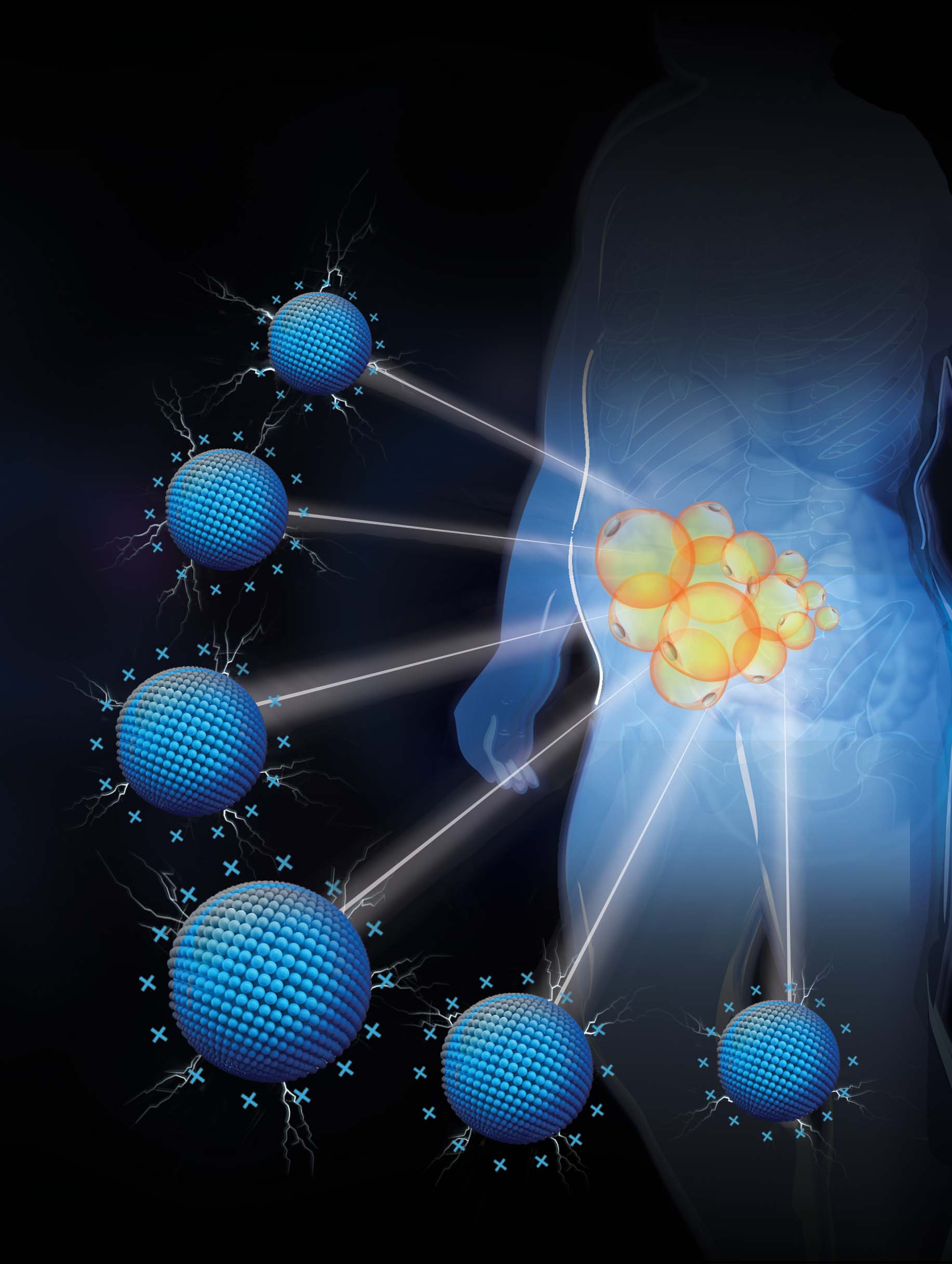
Columbia researchers invent new method to treat obesity by using cationic nanomaterials that can target specific areas of fat and inhibit the unhealthy storage of enlarged fat cells. “Our studies highlight an unexpected strategy to treat visceral adiposity and suggest a new direction of exploring cationic nanomaterials for treating metabolic diseases,” said Columbia Engineering’s Biomedical Engineering Prof Kam Leong, a pioneer in using polycation to scavenge pathogens.
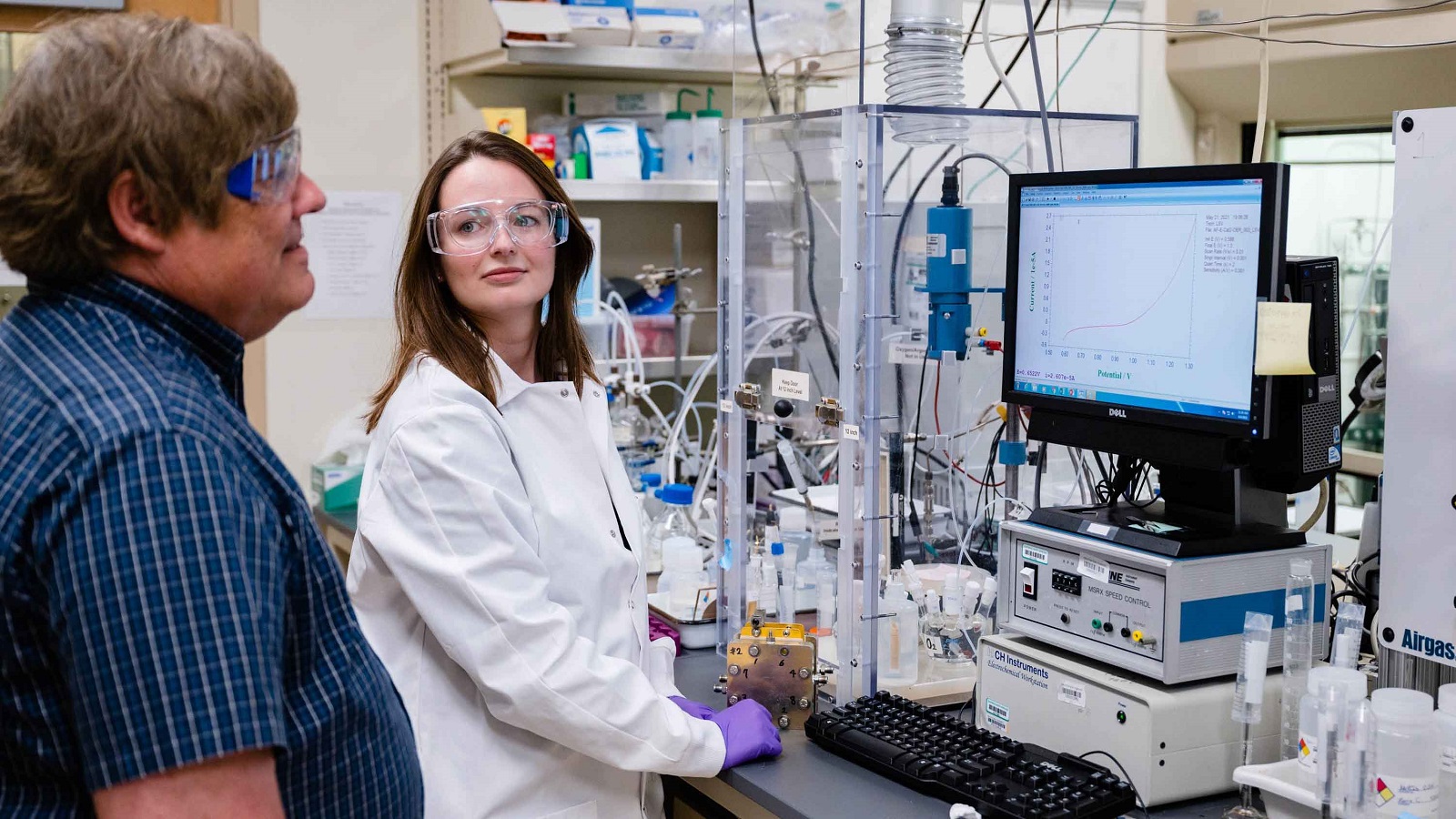
Chain Reaction Innovations, the entrepreneurship program at Argonne National Laboratory, is accepting applications for its next fellowship cohort.
Plastic upcycling efficiently converts plastics to valuable commodity chemicals while using less of the precious metal ruthenium. The method could recycle waste plastic pollution into useful products, helping keep it out of landfills.
Magnetic materials are essential to applications including data storage, cell phones, motors, and sensors. Researchers have synthesized a new, extremely small, thermally stable magnetic nanoparticle based on the principle of superatoms. The superatom structure groups electronic states in electron shells. This translates into a nanoparticle with high stability and a large spin magnetic moment.
Air-conditioning needs an energy overhaul—PNNL research provides a roadmap to get there using energy efficient adsorption cooling.
For the first time, researchers have used ultrafast electron diffraction to observe a quantum electronic device as it operates. Researchers observed atomic-level changes in the vanadium dioxide switch over millionths of a second, leading to the discovery of a short-lived intermediate state. The results may aid in the development of high-speed, high-efficiency quantum electronics and in the use of pulsed electric fields to create new engineered materials.
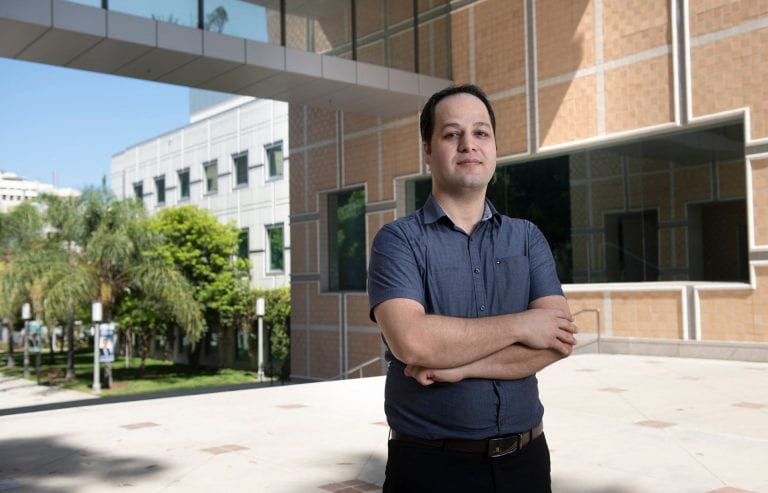
Irvine, Calif., July 12, 2022 – A new self-powered, wristwatch-style health monitor invented by researchers at the University of California, Irvine can keep track of a wearer’s pulse and wirelessly communicate with a nearby smartphone or tablet – without needing an external power source or a battery. In a paper published recently in the journal Nano Energy, team members in UCI’s Henry Samueli School of Engineering describe their invention, built via 3D printing of nanomaterials on flexible substrates for real-time and wireless monitoring of vital signs.
In APL Bioengineering, researchers from Tufts University examine some of the latest advances in wearable electronic devices and systems being developed using electrospinning – the fabrication of nanofibers with tunable properties from a polymer base – and showcase the many advantages electrospun materials have over conventional bulk materials. Their high surface-to-volume ratio endows them with enhanced porosity and breathability, which is important for long-term wearability, and with the appropriate blend of polymers, they can achieve superior biocompatibility.
The 2022 Robert B. Anderson Catalysis Award from the Chemical Institute of Canada’s Catalysis Division was presented to University of Oklahoma engineering professor Daniel Resasco, Ph.D., for his research that deepens the understanding of chemical reactions in the production of sustainable energy.
Researchers have created an injectable therapy for spinal cord injuries that uses specially engineered molecules that trigger a healing response in spinal cells. These molecules come together to form tiny fibers in a liquid solution. Scientists can control the motion of these fibers, allowing the fibers to connect more effectively with cells in the spine. The research may lead to a cure for spinal injuries in humans.
Some analysts say that the end of Moore’s Law is near, but Patrick Naulleau, the director of Berkeley Lab’s Center for X-Ray Optics (CXRO), says that it could be decades before the modern chip runs out of room for improvement, thanks to advances in materials and instrumentation enabled by the CXRO.
New materials will enable novel technologies to turn sunlight into electricity and fuels. Combinations of molecules and tiny nanoparticles make these materials a reality. Scientists have found a way to track electrons along their round trip from the molecules to the nanoparticles and back, helping to find where electrons can travel and where they get stuck, information that is crucial to finding better combinations for innovative materials.
Molecular self-assembly expert Chun-Long Chen describes the challenges and opportunities in bio-inspired nanomaterials in a special issue of Chemical Reviews.
When medical isotopes are used to treat diseases, they emit large amounts of energy that makes it hard to keep them near the target cells. Researchers are now testing a way to enclose isotopes in tiny pieces of biodegradable material that will keep the isotopes at treatment sites, ensuring that their energy can kill diseased cells with little effect on surrounding cells.
Argonne scientists have observed that when the shape of a thin film of metal oxide known as titania is confined at the mesoscale, its conductivity increases. This finding demonstrates that nanoscale confinement is a way to control quantum effects.
Researchers in ACS’ Nano Letters report a flexible supercapacitor with electrodes made of wrinkled titanium carbide — a type of MXene nanomaterial — that maintained its ability to store and release electronic charges after repetitive stretching.
A new study published today in the journal Environmental Science & Technology finds that exposing certain nanomaterials to light can influence their environmental transformation, fate and, ultimately, their toxicity.
Argonne researchers used ultrafast electron microscopy to study a nanoscale phenomenon that occurs in less than a few hundred quadrillionths of a second. Insights from the study could aid in the development of new sensors and quantum devices.
Scientists have developed a technique called plasmon engineering to create nanomaterials with near-atomic scale control of patterning in silicon. This new research used a specific plasmon engineering method, aberration-corrected electron beam lithography, to control the optical and electronic properties of silicon. This approach could one day be applied to industrial applications.